Zucchini Plant Growth Stages Step by Step Guide
Among easiest vegetables nurturing beginner gardeners toward tangible success, prolific zucchini seldom disappoints with its carefree cultivation suited for containers and plots anywhere warm summer days arrive. These versatile squash bless kitchens with their mild flavor and delicate texture while baking, grilling or sautéing into homegrown delights.
I have unveiled mysteries surrounding Cucurbita pepo’s transformations from seed to harvest mastery and also found out how many zucchini Zucchini Plant growth stages are there.
We begin by assessing optimal environmental factors empowering vigorous zucchini gardens. An overview of growth timeframes and key developmental milestones sets expectations before traversing each phenological phase.
Alongside core tips for nurturing healthy plants, troubleshooting advice aims to convert even novice growers into seasoned zucchini connoisseurs through applied understanding. Soon your patience and persistence pay off abundantly!
Conditions for Growing Zucchini Plants
Zucchini flourish through moderately warm conditions similar to their Italian progenitors and wild Mexican ancestors. Germinate seeds only after ambient temperatures reliably reach 65°F. Transplant seedlings after the final frost once soil temperature minimums exceed 70°F. Site plants in full sun with at least 8 hours direct exposure for adequate flowering and fruit production later on.
Provide organically enriched, well-drained loamy garden soils optimized to a neutral pH around 6.5. Incorporate compost before planting while side-dressing growing plants with balanced organic fertilizer monthly. Bush and dwarf cultivars grow well in containers given these soil preparations.
Shelter developing fruits from pummeling hail or rainstorms compromising delicate skins while also deterring pollinators. Careful summer irrigation prevents drought stress which causes bitter flavors yet avoid overwatering triggering fungal issues in leaves and stems sitting wet. Through balanced nurturance, zucchini readily share their summer virtues.
For more information about Gardening you can visit: Flowers That Bloom Round The Year In Florida
Zucchini Growth Timeframes
Zucchini mature rapidly, yielding first firm 6-8 inch fruits roughly 50 days from seeding once male and female flowers commence. Each plant bountifully produces dozen fruits weekly over a 60-90 day harvest window before declining.
Sowing a few batches biweekly extends yields through entire growing seasons. Although technically tender annuals in most temperate climates, gardeners in zones 8-11 plant fall crops for overwintering as short-lived perennials.
Zucchini roots store energy through cold months before reviving vegetation quickly again next spring. Growth patterns trace an orderly progression across a few key phases.
Zucchini Growth Stages
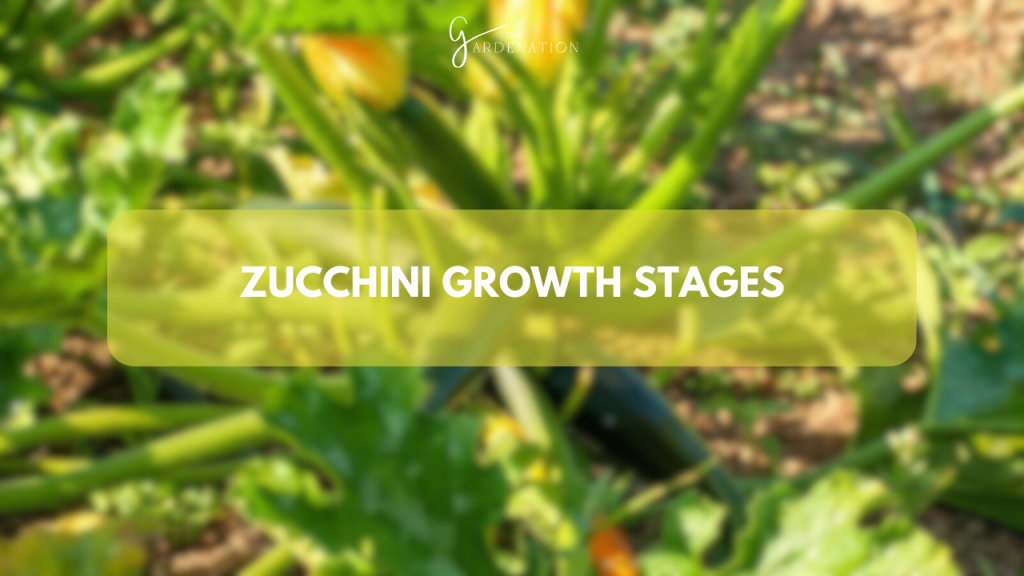
1. Seed Germination
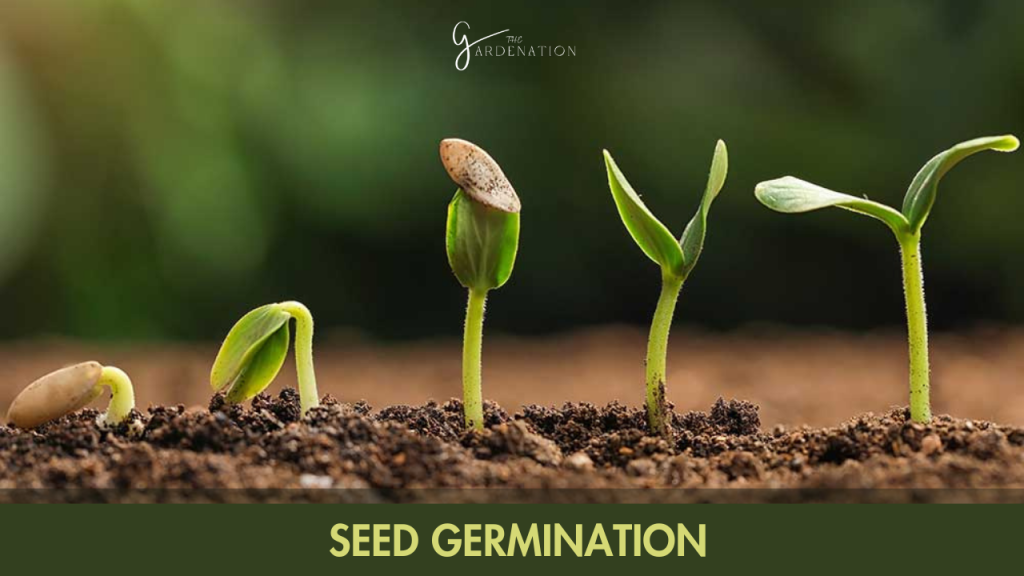
Indoors, presoaked zucchini seeds sprout within 5-7 days when kept warm and moist before sowing into gardens. Direct planting also works well. Emerging seedlings display two embryonic cotyledon leaves atop short stems. Once the first true foliage appears, young plants establish quickly.
2. Seedling Phase
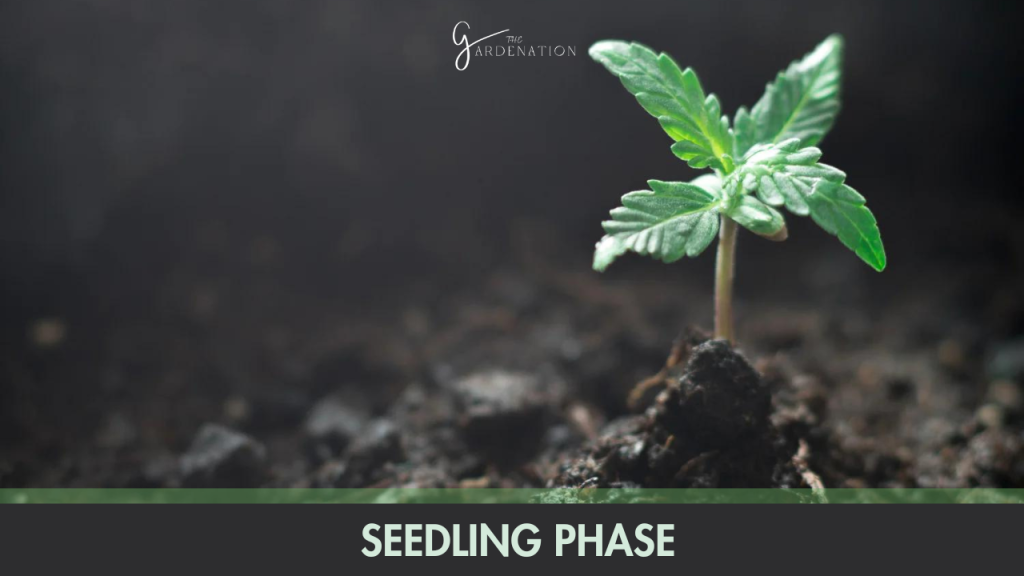
Successfully sprouted zucchini plants soon display two rough cotyledon leaves atop short stems before the first finely serrated true foliage emerges. Hydroponic growers might remove cotyledons to encourage side shoot development while outdoor gardeners usually let them naturally drop off later once adjacent leaves expand providing ample photosynthetic support and shade.
Handle young seedlings gently while granting adequate warmth and moisture during these developmental weeks. We have also discussed seedling phase of Tomato Plant. do checkout
3. Vegetative Growth Stage
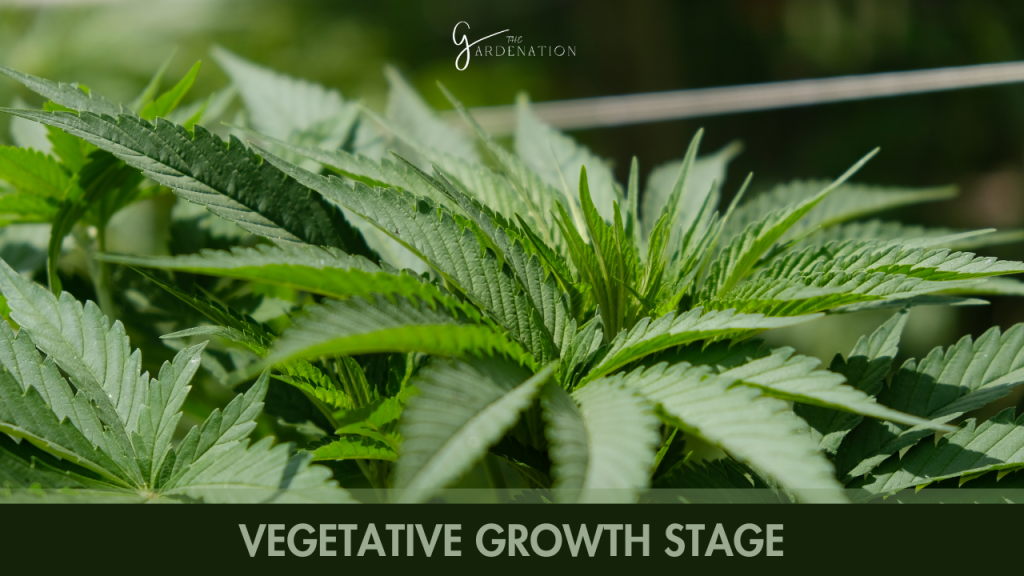
Zucchini plants allocate the majority seasonal energy into rambling vines and branching foliage growth seeking optimal light exposure while shading out competitors. Guide wandering stems toward suitable supports or boundaries.
Give vining cultivars vertical structures for aerial growth rather than sprawling horizontally across wide beds. Pinch early runner tips once several leaf node pairs establish for subsequently fuller branching. Monitor for pest or disease issues along the way.
4. Flower Production
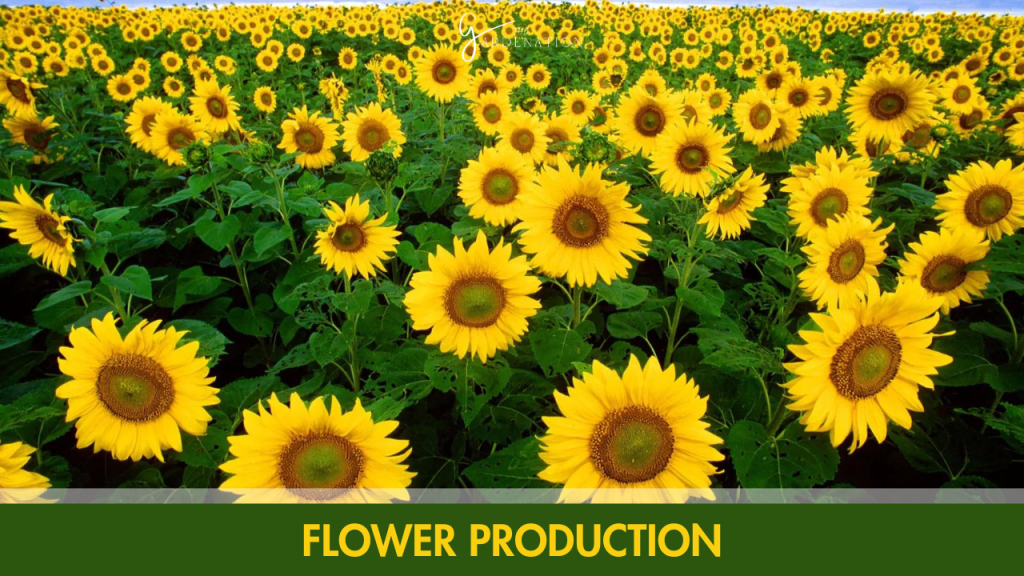
Around 40-55 days post-emergence, male and female zucchini flower buds become visible in leaf axils, soon opening into showy golden corollas beckoning bee pollinators. Common garden bees effectively transfer grains between compatible blossoms setting abundant fruits.
Since individual plants produce both distinct flower types, no special partnership plantings are necessary unless populations lack for whatever reason. Carefully hand pollinating via small brush also successfully augments natural yield rates when desired.
Shelter plants during flower production phases since severe wind or cold weather prevents bee activity and pollen viability essential for fruiting outcomes.
5. Pollination & Fruit Set
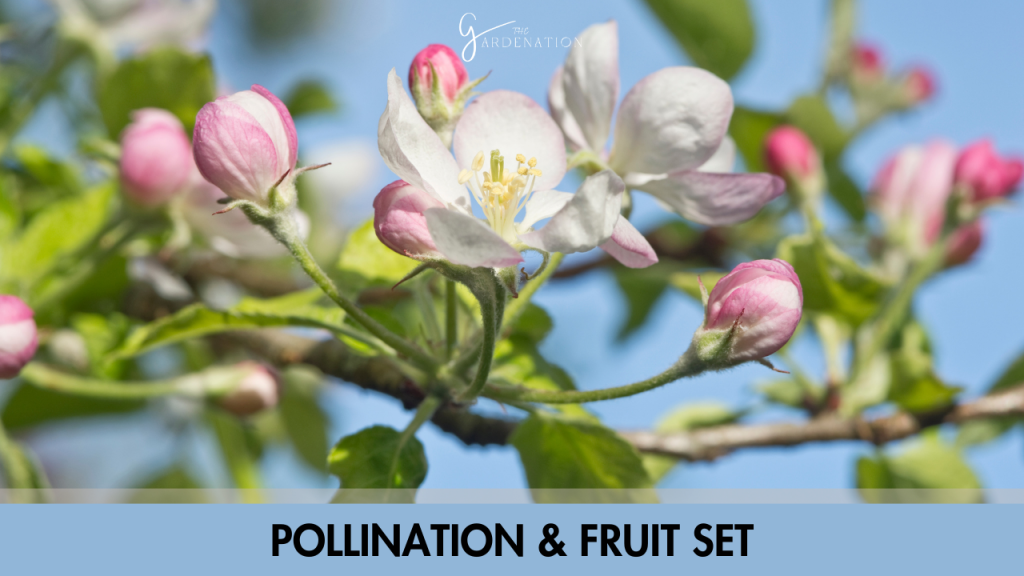
Successfully visiting bees distribute ample viable pollen between female and male zucchini blossoms which soon initiates fertilized ovule swelling into nascent fruits below the spent flowers.
Each pollinated female corolla soon falls away revealing tiny nubby zucchini nascences emerging where petals formerly surrounded the invisible reproductive column now actively expanding through cell division into familiar shapes.
Inadequate bee visits cause undeveloped fruits to yellow and shrivel soon after forming, signaling insufficient pollination likely requiring correction next season. Carefully monitor progress across summer and provide emergency cold protection like low tunnels with row covers or hot caps shielding plants overnight if unseasonable cold fronts approach suddenly during critical flowering windows disrupting essential field bee activity.
6. Fruit Development & Maturation
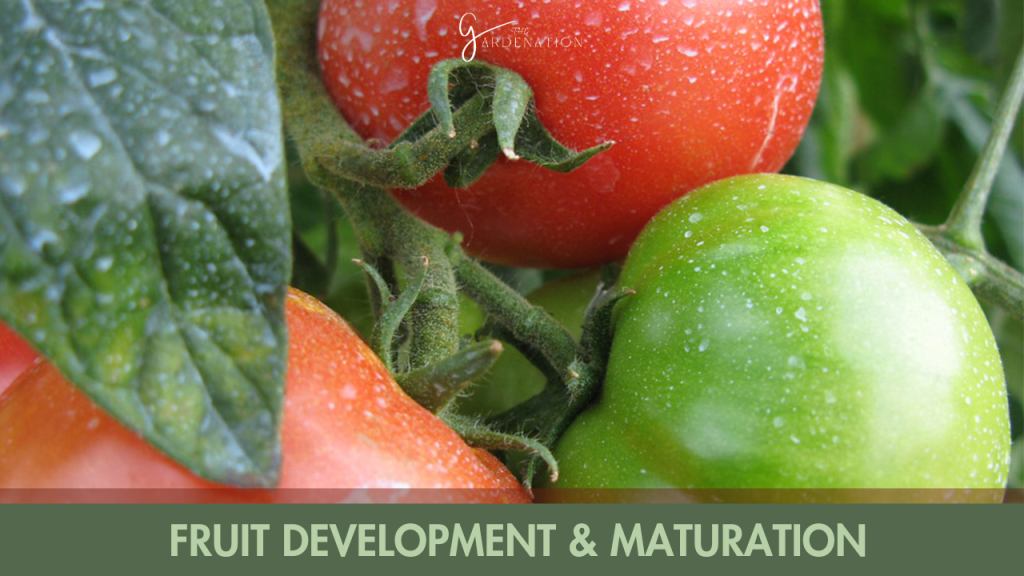
In peak summer warmth, successfully pollinated female zucchini flowers develop into 6-8 inch fruits within only five days – the fastest growth burst in the plant kingdom! Blossom ends soon expand into the iconic speckled, tapering shapes so familiar yet wondrous when witnessed directly through such rapid transformations.
Plants direct sugars and nutrients supporting extremely speedy cell multiplication rates into lush fruits increasing 200 times the initial ovaries sizes at bloom. Amazement awaits when peering below fading petals daily to admire swelling progress firsthand! We’ve delved into the enchanting journey of Passion Fruit growth stages together. Do explore, and let its story captivate you, won’t you?
Gently twisting mature fruits when checking ripeness provides easy, nondestructive harvests before specimens grow oversized or seeds overly mature. Chilling zucchini immediately after picking and gently washing preserves texture and flavor for days compared to leaving specimens sit at room temperatures which speeds deterioration.
Share the bounty with friends and neighbors as prolific plants produce more gifts than most households consume before spoilage. Consider diverse preservation options like pickling, breading/freezing or julienning/dehydrating surplus yields to enjoy zucchini’s versatility year-round.
Frequently Asked Questions About Zucchini Plant Growth Stages
How many zucchini can a single plant produce?
Given ideal growing conditions, individual zucchini plants yield 20-30 pounds of fruits averaging 3-5 mature squashes per week. Carefully monitoring pollination success and harvesting regularly boosts productivity.
Why do my zucchini plants show abundant flowers but no fruit sets?
Several issues including cold evening temperatures, excessive nitrogen fertilizer, water stress and poor pollination cause zucchini flower loss before fruits start developing. Review each factor and resolve underlying problems to foster productivity. Supplement bee visits using small brushes manually transferring grains between flowers when needed to ensure fruit initiation.
Conclusion
Demystifying processes guiding zucchini’s rapid yet bountiful summer transformations allows us to nurture successful garden outcomes through properly aligned conditions facilitating growth. Ensure adequate fertility, consistent moisture and shelter from temperature extremes across the season.
Guide sprawling vines toward suitable boundaries controlling spread. Soon vibrant yellow blossoms give way to abundant fruits maturing right on schedule for savoring summer’s fleeting yet delicious prime joined by family and friends alike.

